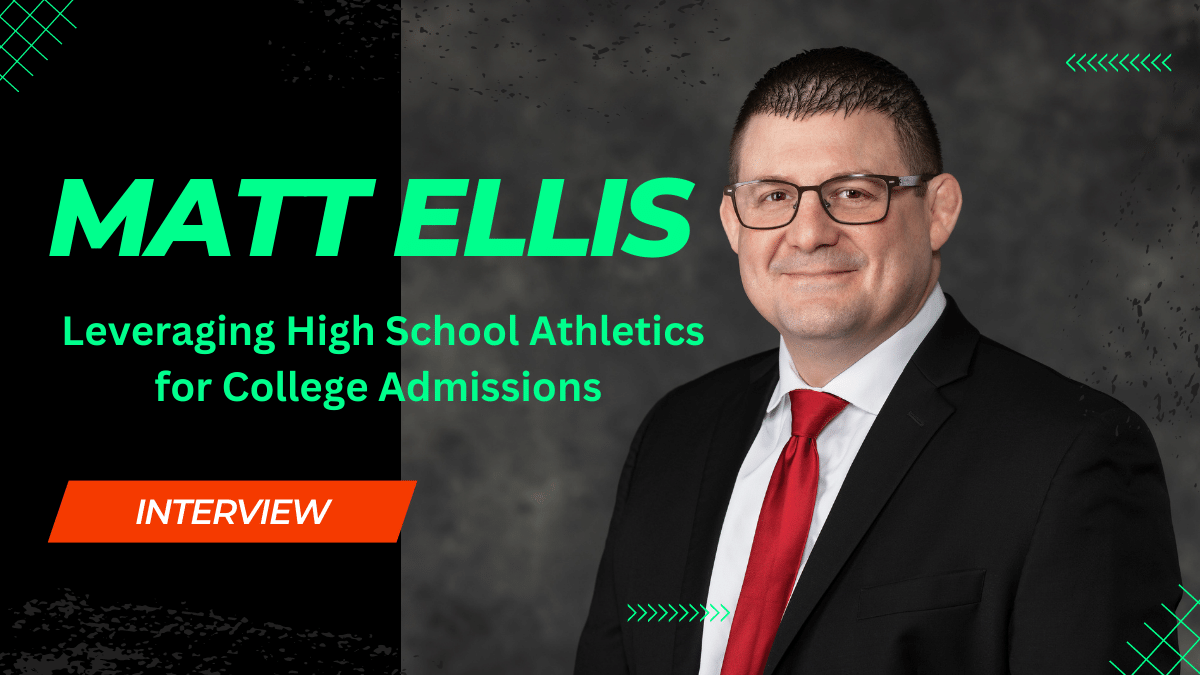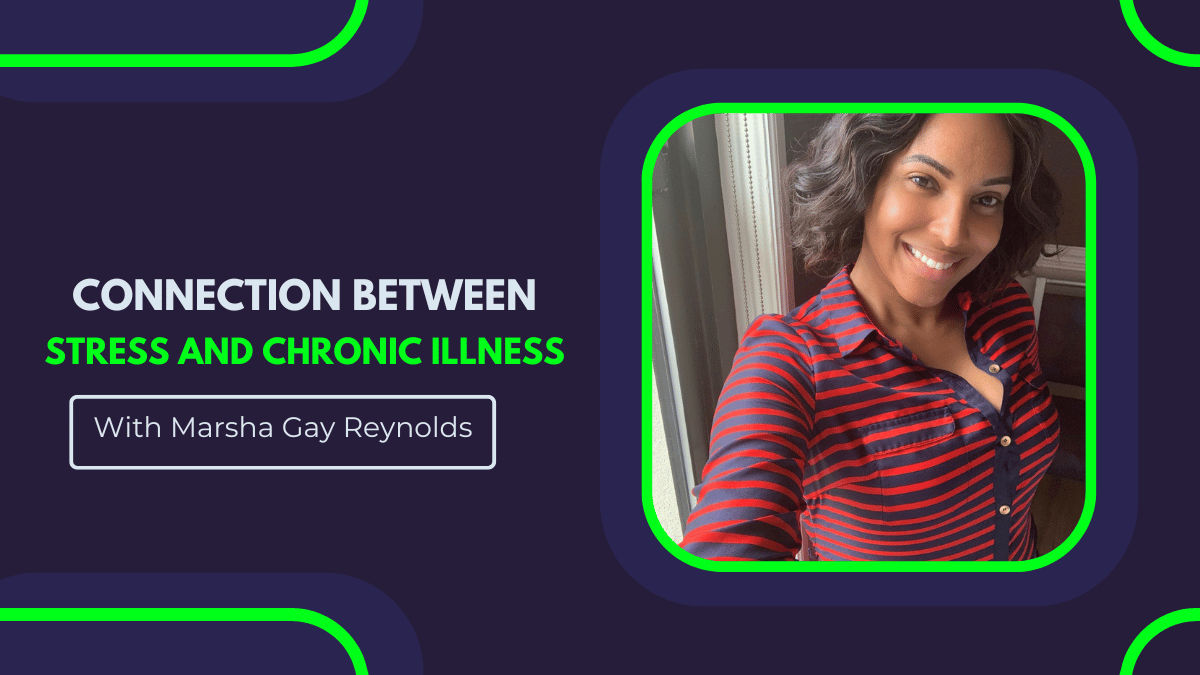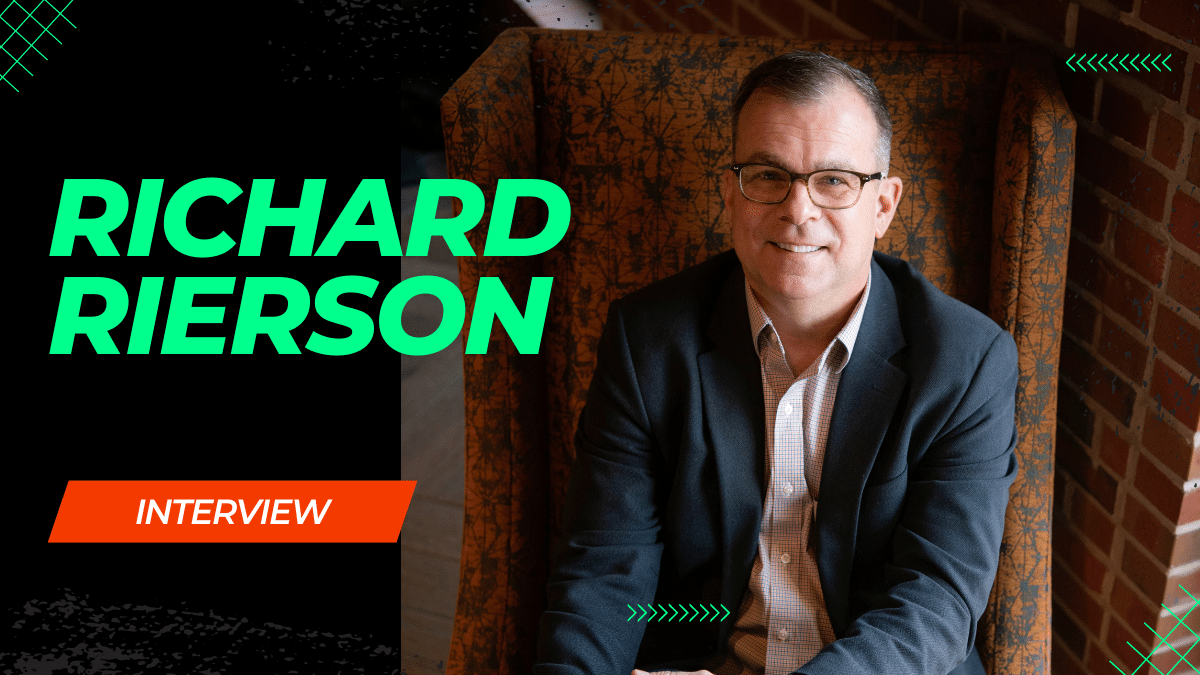Bringing Hope and Nourishment to the Community Education goes beyond the boundaries of classrooms and textbooks. It encompasses fostering a sense of empathy, compassion,...
Laboratory science is a vital field that plays a critical role in diagnosing and treating disease. Medical technologists, also known as clinical laboratory scientists,...
On November 5th, 2023, Mena Wahezi will lace up her running shoes to participate in the TCS New York City Marathon. But she’s not...
With the college admissions process becoming more competitive each year, students seek ways to stand out. One way to do this is to participate...
Many people commonly experience stress, significantly impacting their health and well-being. Marsha Gay Reynolds, a health expert, explains the connection between stress and chronic...
Patrick Melton, a University of Kentucky Exercise Science Major, and Fitness Instructor know first-hand how hard it can be to reach seemingly impossible fitness...
Today’s interview is for you if you feel you’re lacking leadership skills. Richard Rierson is unlike any other coach who just says and does...
Kenneth Watterworth, a Westport, Connecticut native, was an influential figure in numerous industries and communities. His groundbreaking work in business, public service, and philanthropy...
A reputation score is a metric used to measure an individual’s or business’s online presence and brand image. By understanding how it works and...
Exclusive interview with accomplished energy analyst and advisor to the energy and utility industries David Rewcastle. He is cited regularly regarding the energy, gas...










